Get to grips with the some of the more obscure tasting notes used by wine experts, with graphics from the Decanter design team...
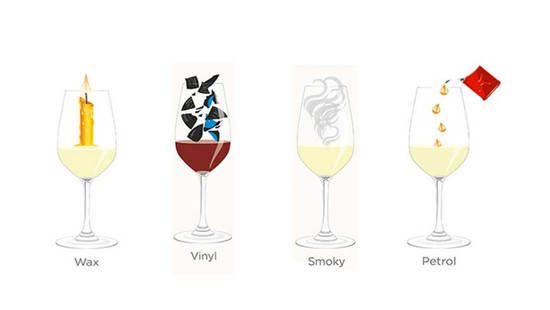
Wax
Candle wax or beeswax aromas can be common in aged white wines for a number of reasons. Ethyl acetates, a contributor to honey and wax aromas, can be created by yeast during fermentation (common in Pinot Blanc and Chardonnay). However, they can also come from bottle ageing, as is common in older Rieslings; this is due to the breakdown of other components in the wine to create ethyl acetates.
Wax aromas are, however, different from the petrol aromas often found in aged Rieslings – these are caused by another natural and very potent compound, TDN, which can be detected at concentrations of micrograms per litre.
Vinyl
Not your typical aroma or tasting note, but it is used to describe this almost sweet, intriguing plastic quality. It may be a sign of reduction, where in the winemaking, lack of oxygen creates a growth of chemical compounds called mercaptans.
These can be extremely unpleasant, creating notes of rotten eggs, cabbage or struck matches. However, if a balance is achieved in this reductive technique, desirable notes can be created, such as quince, smokiness, peardrop or even vinyl.
Smoky
Smoky notes generally come from oak. Normally the intensity of smoky aromas and flavours in a wine will be determined by the toast of the oak (how charred it was), how many times the barrel has been used and how long the wine spends in the barrel. If the wine is put into a new barrel that has had a heavy toast then the likelihood of having smoky notes will increase. This can be desirable if the wine has the structure to handle the oak.
Sometimes heavy toasting and too many new barrels can lead to an overtly smoky wine, which may integrate with time, but can be difficult to assess when the wine is young. Smoke taint can also happen, when forest fires occur between veraison (when the grapes ripen) and harvest time. This has been a problem for winemakers in Canada’s Okanagan Valley, California and throughout Australia.
Petrol
Petrol notes in wine are caused by a chemical, trimethyl-dihydronaphthalene (TDN), whose precursors are naturally found in the juice and skins of the Riesling grape.
Generally, aged Rieslings can have a petrol aroma as the precursors in the wine combine over time to form TDN. When this note is found in young wines, it is considered by some, notably Rhône and Australian producer Michel Chapoutier, to be a fault due to over-pressing during harvest.
Translated by ICY
All rights reserved by Future plc. No part of this publication may be reproduced, distributed or transmitted in any form or by any means without the prior written permission of Decanter.
Only Official Media Partners (see About us) of DecanterChina.com may republish part of the content from the site without prior permission under strict Terms & Conditions. Contact china@decanter.com to learn about how to become an Official Media Partner of DecanterChina.com.

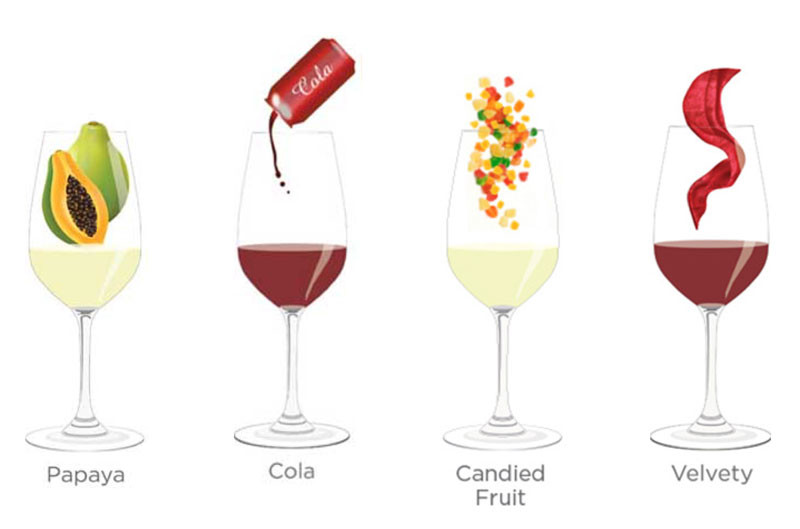

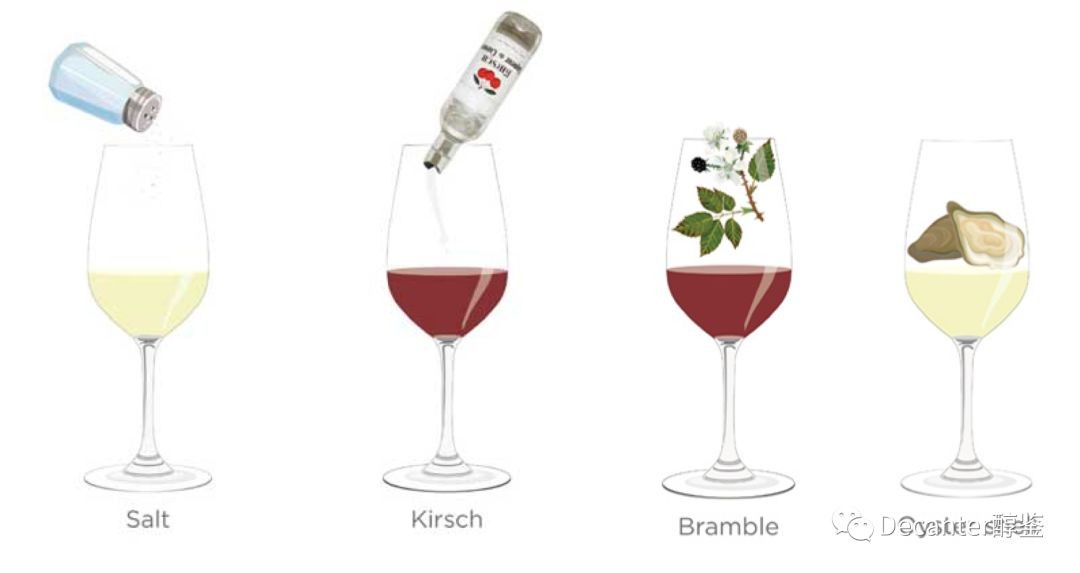
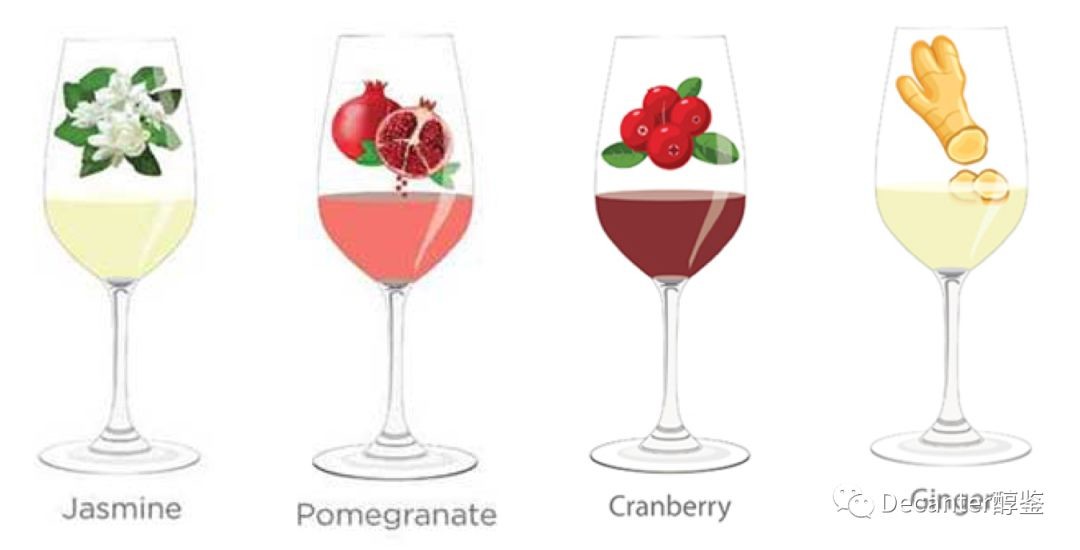
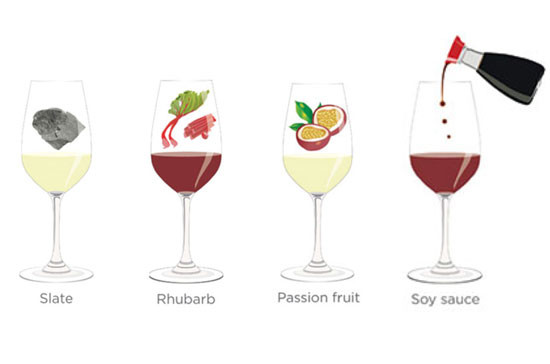
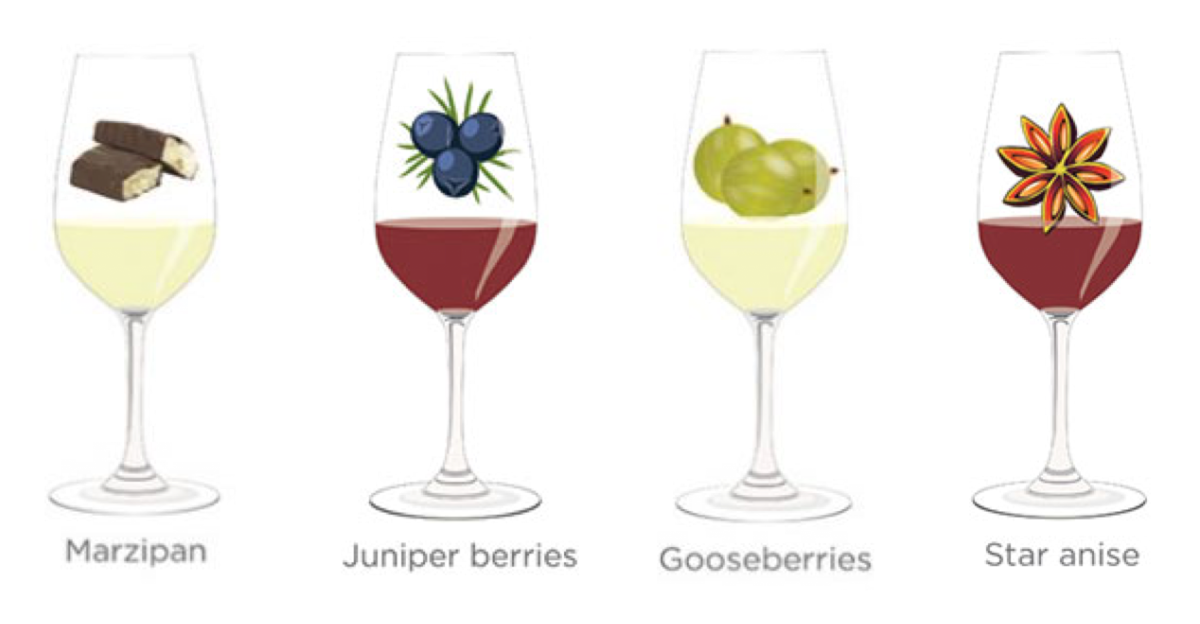
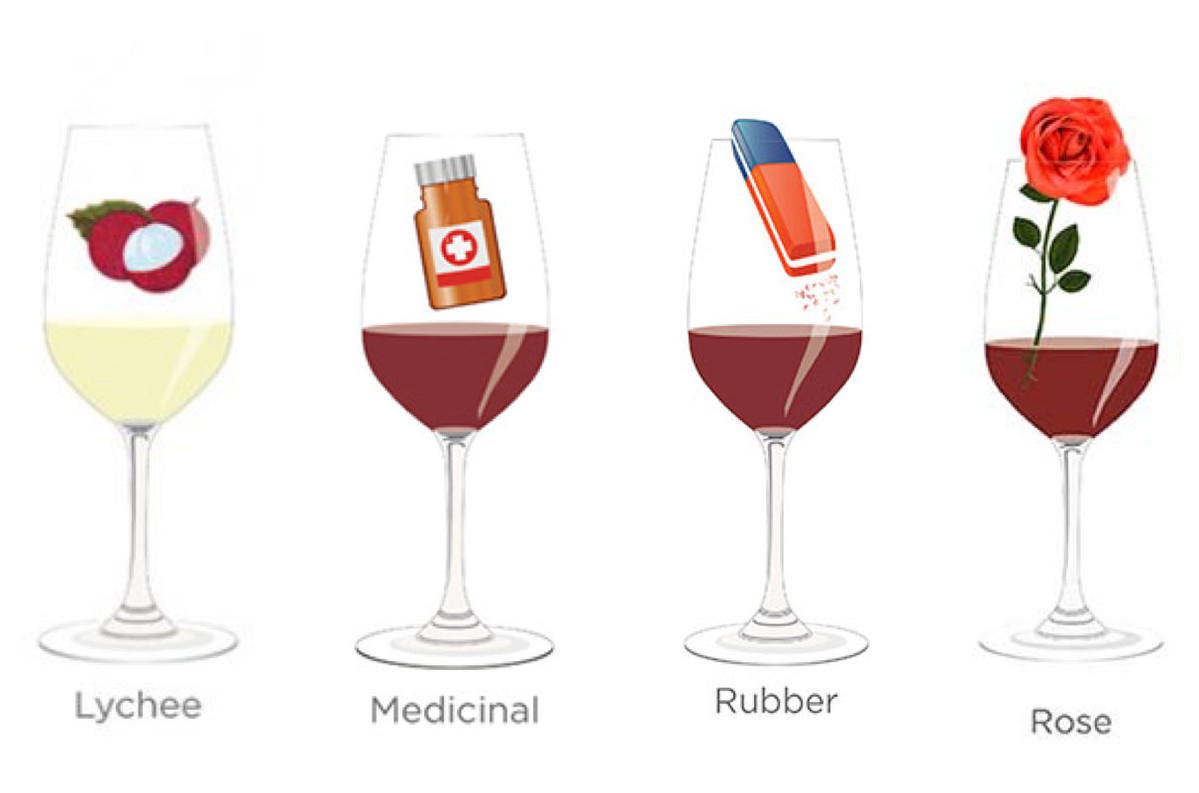
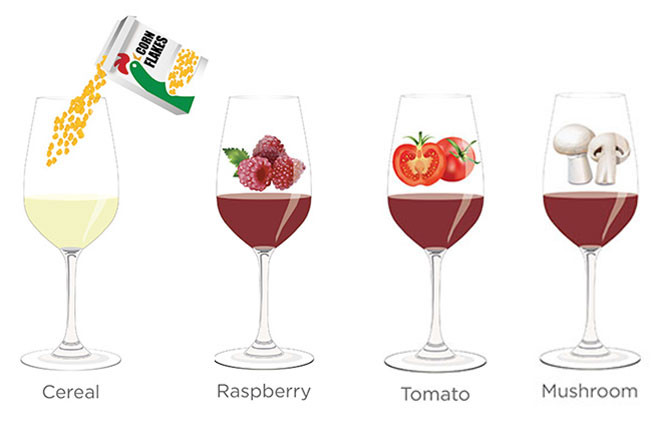
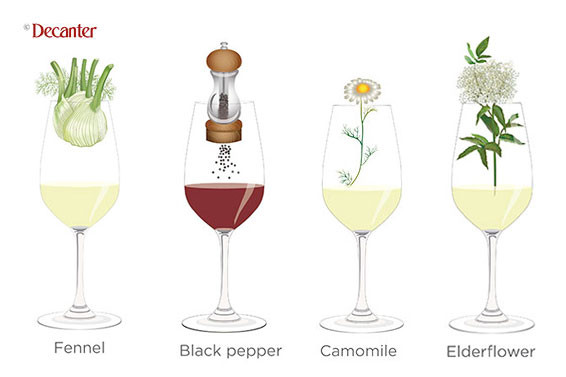
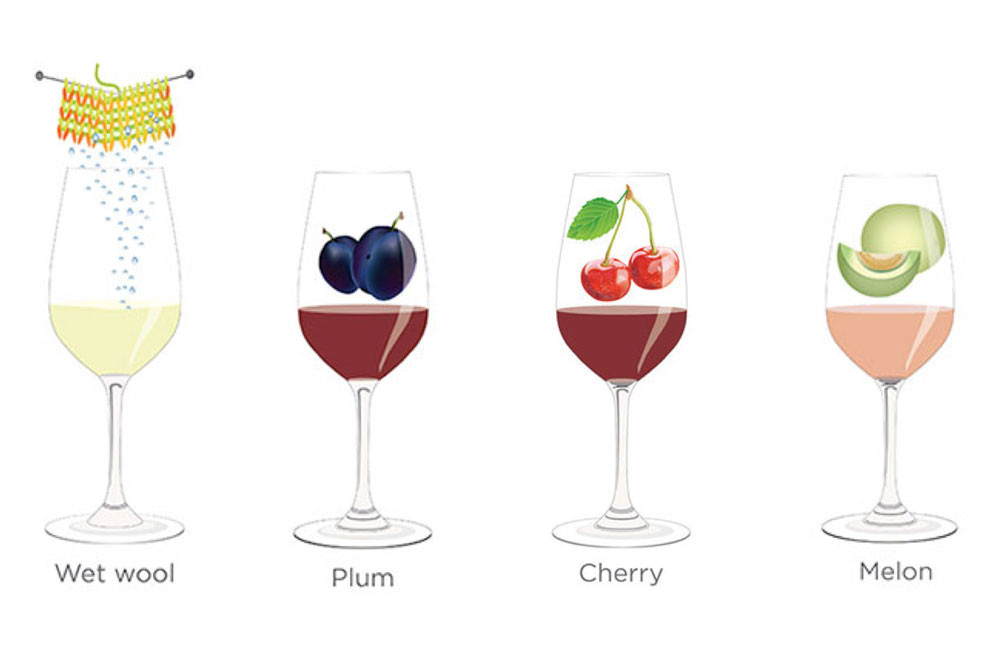
Comments
Submit